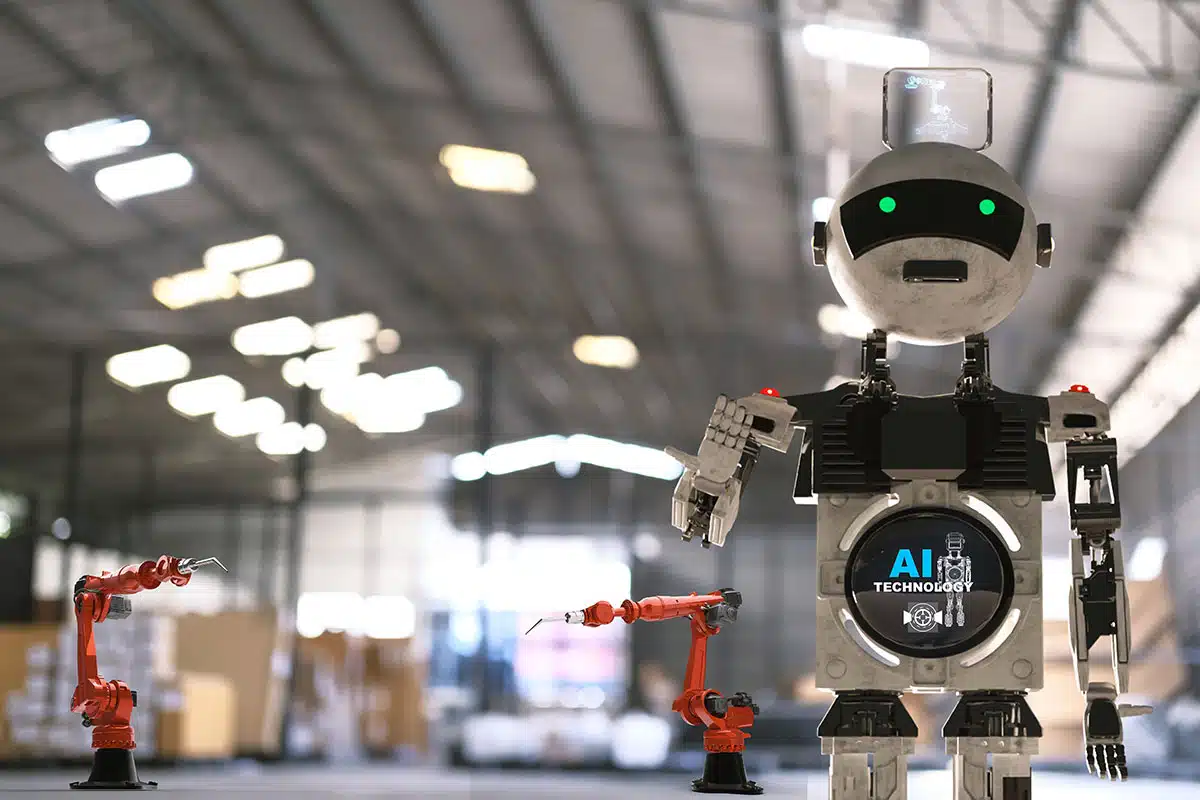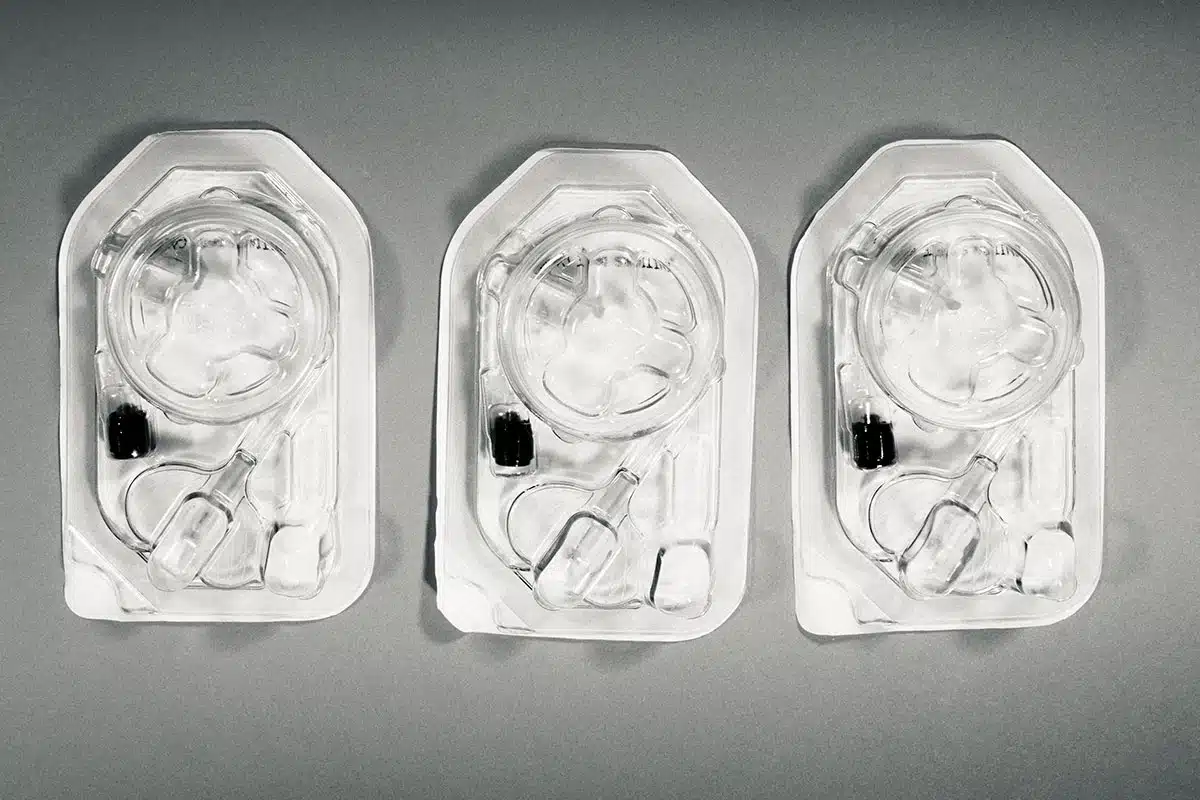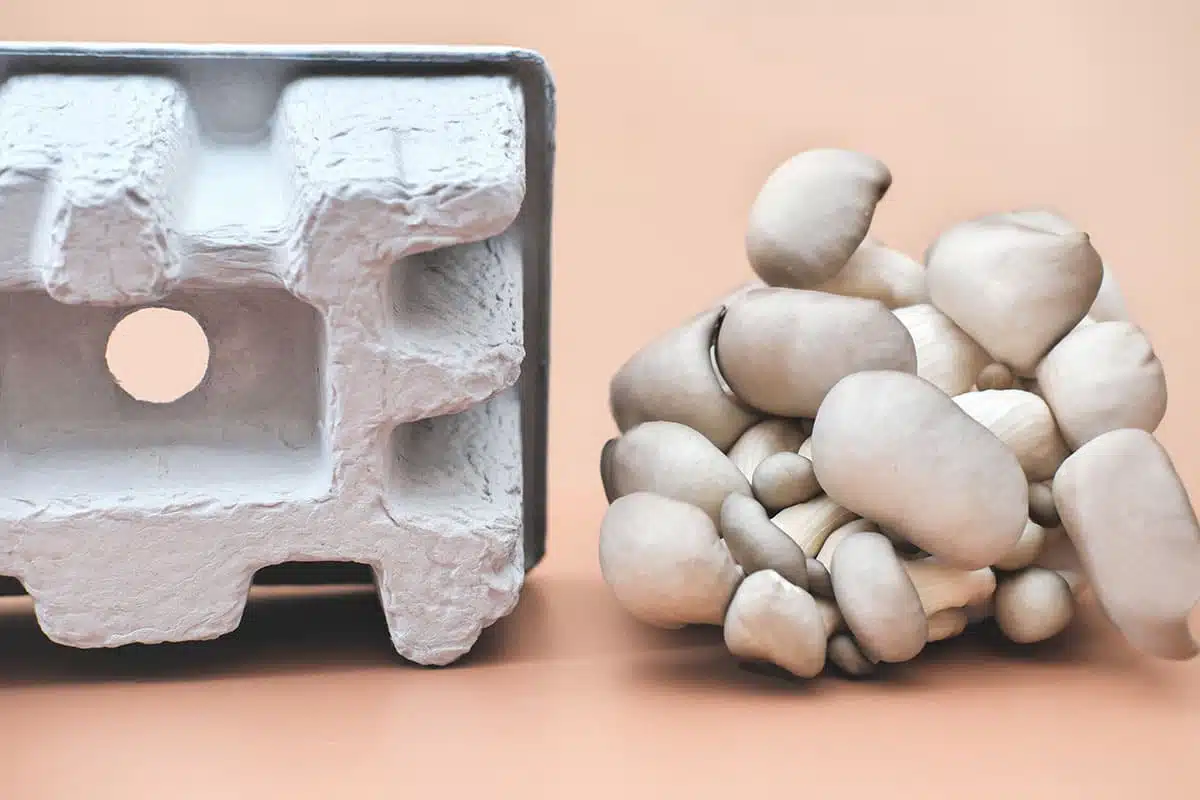When the car was first invented, models were built slowly, one whole automobile at a time, just like every other manufactured product of that era. Then in 1901, Ransom Eli Olds introduced the first mass-produced vehicle, the Oldsmobile Curved Dash, which was built using a method developed by Olds—the stationary assembly line. Years later, Henry Ford added a conveyor belt to the assembly line, revolutionizing manufacturing and setting the standard for how products would be made for the next century. Now the industry is undergoing another revolution—digital manufacturing.
What is Digital Manufacturing?
The term “digital manufacturing” describes the integration of computer systems and digital technologies into the manufacturing process. It’s an approach that relies less on traditional manufacturing practices and more on emerging technologies such as robotics, artificial intelligence, and the Internet of Things (IoT). This confluence of new technologies has created such a buzz in the manufacturing world that Klaus Schwab of the World Economic Forum coined the phrase “the fourth industrial revolution” to describe this shift.
Digital Manufacturing Technologies
From design to delivery, digital manufacturing technologies are adding efficiency, flexibility, and productivity to the entire product lifecycle—yielding higher quality products while accelerating time to market. Here are six of the most impactful of these new technologies:
Digital Twins
Digital twins are virtual counterparts of physical objects or systems. These real-time digital replicas allow companies to test new products before they are built in the real world, and can cut the time it takes to go from design to finished product. Volvo, for example, uses digital twins of new vehicle designs to virtually test the aerodynamic properties of different materials and proposed design features. Using this technology, Volvo can improve vehicle performance and create more fuel-efficient models—even before the first prototype is built.
And Volvo is hardly alone. McKinsey & Company reports product development leaders are rushing to build their digital-twin capabilities, with the global market for this technology predicted to grow approximately 60% annually, reaching $73.5 billion by 2027.
From design to delivery, digital manufacturing technologies are adding efficiency, flexibility, and productivity to the entire product lifecycle—yielding higher quality products while accelerating time to market.

Additive Manufacturing and Rapid Prototyping
Additive manufacturing, also known as 3D printing, is the process of building objects layer-by-layer using a 3D printer that converts digital data into a physical object. With its ability to create complex shapes and customized products directly from design files, additive manufacturing allows device prototypes to be produced rapidly and cost-effectively. In addition to slashing lead times, this rapid prototyping gives manufacturers greater flexibility. For example, while it’s not practical to produce a small batch of PCBs with traditional prototyping, an electronics manufacturer using rapid prototyping can efficiently produce prototype batches of as little as five units.
Artificial Intelligence
Artificial intelligence (AI) is a specific field within digital technology that focuses on developing intelligent machines that can approximate human thinking. Using machine learning and natural language processing, AI systems can learn, reason, and make decisions—mimicking human reasoning while working far more quickly and processing much larger data sets than the human mind is capable of.
With AI, manufacturers can mine and analyze vast amounts of data to optimize product design, material choice, and other facets of production. Leveraging data can also help a manufacturer better navigate its supply chain, especially when managing inventory. And AI has even been used to help manufacturers determine when it’s more cost-effective to simply raise wages vs. hiring new staff.
IoT Technology
The Internet of Things (IoT) is a network of physical devices embedded with sensors, powered by software that allows communication across the internet. At home, this technology might help you control your lights or notify you when it’s time to put your laundry in the dryer. On the factory floor, IoT technology is transforming the way manufacturers make their products. For example, using electronic tags and sensors, manufacturers can track products throughout the supply chain; inventory managers can locate devices within a warehouse; and plant operators can service equipment before malfunctions occur.
Industrial Robots
Worldwide, there are approximately 3.9 million industrial robots, according to the International Federation of Robotics. Increasingly, these machines are helping manufacturers become more efficient. For example, German automaker Mercedes-Benz has entered into an agreement with robotics company Apptronik to test humanoid robots at select Mercedes-Benz factories. These robots—such as Apollo, a 160-pound, 5’8” bipedal robot—will be used to automate repetitive tasks, according to Mercedes-Benz and Apptronik.
Augmented Reality
Augmented reality (AR) uses computer-generated images, projected onto or near a real object or scene, to enhance our perception of the real world. From flight training to road navigation, this technology is changing our world. For manufacturers, AR has proven to be a productivity-boosting enhancement in production.

Traditionally, manufacturers share work instructions through physical or digital manuals. This requires workers to switch their attention from the product they’re working on to a book or computer screen. But with AR, important information is projected directly onto the work surface, eliminating switching time and decreasing the distraction and fatigue that workers can experience when required to constantly shift focus.
Some Key Benefits of Digital Manufacturing
Digital manufacturing technologies offer many benefits to manufacturers.
- Increased Efficiency: Digital technologies allow manufacturers to create new efficiencies. In 2019, for example, General Electric discovered that using AR glasses at its jet engine manufacturing facility increased the productivity of the engine mechanics.
- Faster Innovation Cycles: Advanced design tools and virtual prototyping allow products to go from design to finished product faster than ever before.
- Improved Customer Satisfaction: Digital manufacturing technologies give manufacturers the flexibility to rapidly adapt to market shifts.
- Cost reduction: AI systems are enabling manufacturers to streamline manufacturing processes to save time and reduce material waste. Access to detailed data also enables manufacturers to keep manufacturing machinery in peak operating condition through predictive maintenance, avoiding costly shutdowns and delays.
- Better Quality Control: With real-time monitoring of manufacturing processes, product issues can be identified and corrected immediately. Manufacturing processes can also be more easily standardized, leading to higher quality products.
- Greater flexibility: With advanced technology, manufacturers can now quickly reconfigure production lines for different products and varied batch sizes.
How to Start Your Digital Transformation
Given the many benefits of digital manufacturing, it may be tempting to dive straight into the process. But before starting your digital transformation, you need a plan. A blueprint, or operating model, will provide a clear vision of what your finished manufacturing system will look like once it is complete, and will help you stay on track during your transformation.
In order to develop a reliable blueprint, you need to first evaluate your operational value stream—the sequence of activities required to deliver your product or service to your customer. Once you’ve clarified your production steps, you can prioritize the business process improvements that will have the most impact. For example, if your goal is to cut production time in half, what process improvements will be required to reach that state? Can you eliminate steps or streamline a process through automation? Can you analyze data better to save time in the long run?
Industrial robots, augmented reality, IoT technology—implementing these digital technologies can be a daunting process. How do you figure out the right balance between new technology and your traditional processes? How fast do you transition? How much can you afford to spend on new technology? Fortunately, you may not need to stress over these difficult questions. A reputable third-party vendor will likely already understand how to deliver the services and products you need in the most efficient and cost-effective way. For many manufacturers, this approach is the right solution as they grapple with the best way to transition into the new world of digital manufacturing.







